The DnD half-elf 5e race is a great option for players of all experience levels thanks to their versatility. Whether you’re a combat lover or a destined spellcaster, you can create a half-elf character to suit your style. Half-elves have plenty of options for a fascinating lineage, and you’ll find tons of roleplaying room to play in.
When we picture half-elves in fantasy media, we often picture the child of an elf and a human. You can stick to this template in D&D, but you can also take the flexibility of the DnD half-elf 5e further by changing up the race of your character’s parents – a half-elf that’s also a half-orc, half-tiefling, or half-halfling is absolutely on the table here with a crafty homebrew or two. The only limit is your imagination (and any extras imposed by your Dungeon Master, of course).
This guide will give you the basics for everything you need to know about how to play the best half-elf you can play. We’ll go over some lore, the key half-elf stats, half-elf names, and some variant rules to make the most of that half-elf flexibility.
Here’s everything you need to create a DnD half-elf 5e character:
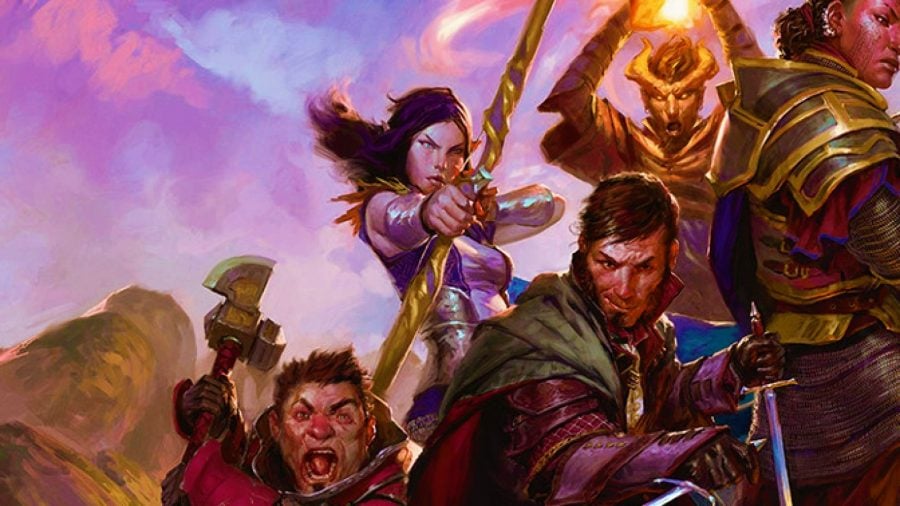
DnD Half-Elf 5e lore
In classic 5e canon, D&D half-elves tend to not quite belong to either of their parents’ communities, and they must strike out to form their own path and find their true home. They can be found in all kinds of settings and cities, and many find they’re suited to lives of diplomacy or solitary wandering.
Let’s talk about the details you’ll find in your Player’s Handbook. Half-elves tend to take on the same height as their (presumably) human parents (somewhere between five and six feet) while having the more slender build of a typical elf. Their life span averages at about 180 years, though they mature at the same age as humans.
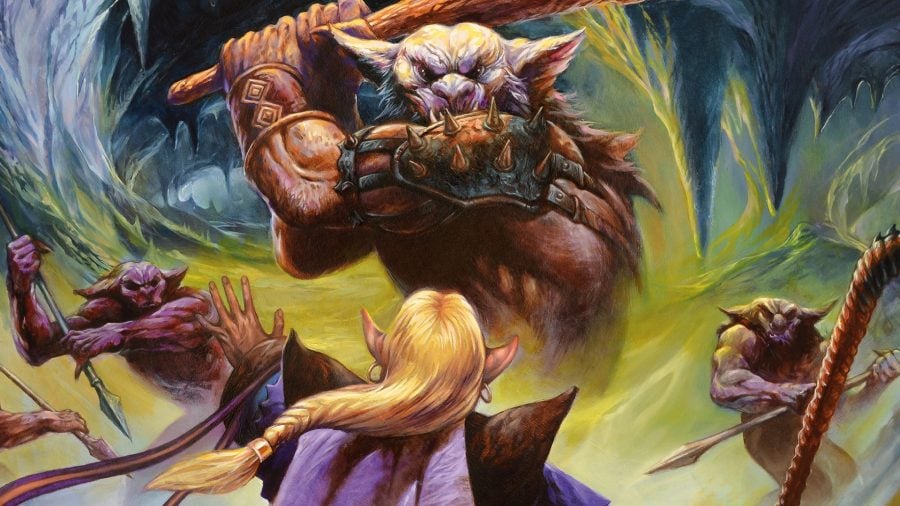
DnD Half-Elf 5e stats
These are the key traits all D&D half-elf 5e characters benefit from:
| Ability score increase | +2 Charisma, +1 to two other abilities of your choice* |
| Size | Medium |
| Speed | 30ft |
| Abilities | Darkvision (60ft), Fey Ancestry, Skill Versatility |
| Languages | Common, Elvish, and one of your choice |
*With the addition of Tasha’s Cauldron of Everything, you can change your +2 to charisma to any other ability score you see fit.
Fey Ancestry gives your half-elf advantage on saving throws against being charmed, and it also makes them immune to any magic that would put them to sleep. Meanwhile, Skill Versatility gives you proficiency in two skills of your choice – as we said, the half-elf is a particularly malleable character race.
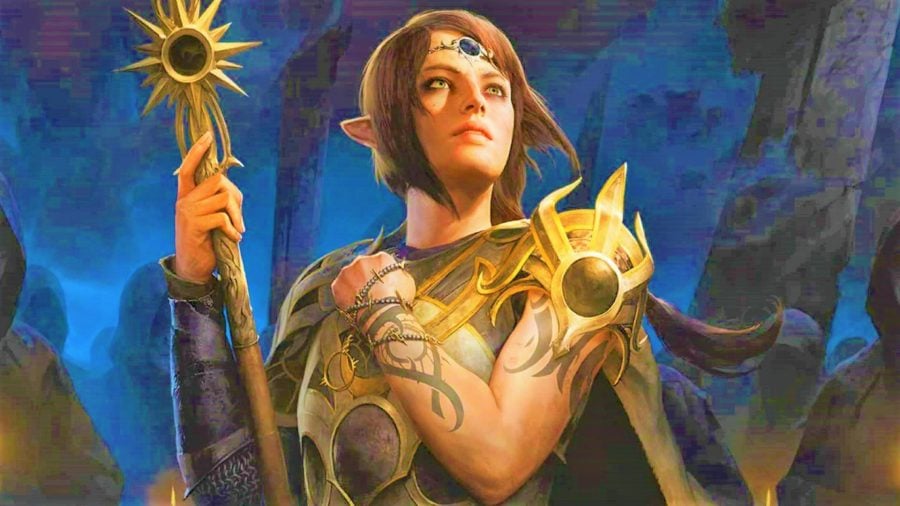
DnD Half-Elf 5e names
The Player’s Handbook explains that half-elves who are raised among humans are typically given more elven names, while half-elves raised among elves are given more human-sounding names. It’s also worth mentioning that half-elves don’t always have surnames, and if they do it’s usually because the half-elf chose the name rather than it being passed down to them.
If you need help brainstorming, below is a list of possible half-elf names.
- Dorfryr
- Cofina
- Sadris
- Sunamar
- Arthome
- Blu’vin
- Xandryer
- Yacoth
- Edin
- Jora’n
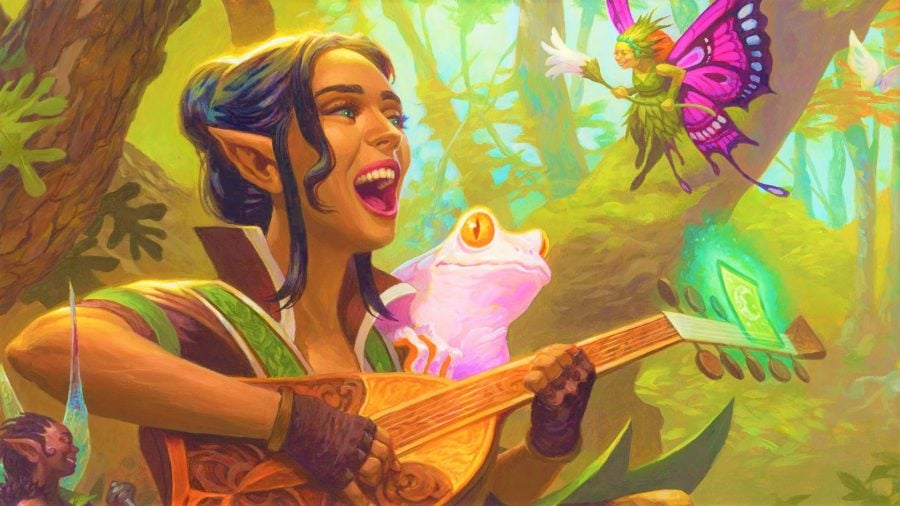
Half-Elf 5e subraces
While there are no official ‘subraces’ for half-elves, half-elf variants operate in a similar way. These can be a fun twist on the traditional half-elf.
The easiest way to create a half-elf variant is to swap out the Skill Versatility feature (as long as you’ve agreed this with your DM). Traditionally, you might take the trait Keen Senses, a typical elf trait that gives you proficiency in Perception. However, other variants will suggest different traits to swap out.
Here are some half-elf variants, plus the features that replaces Skill Versatility:
| Variant name | Variant feature | Description |
| Aquatic | Aquatic Heritage | You have a swimming speed of 30ft. |
| Drow | Drow Magic | You know the Dancing Lights cantrip. You can cast Faerie Fire once per long rest at third level and Darkness once per long rest at fifth level using Charisma as your spellcasting ability. |
| High | High Elf Descent | Choose the Cantrip of a Moon or Sun High Elf, or the Elf’s Weapon Training feature instead. |
| Wood | Wood Elf Descent | Choose Elf Weapon Training, Fleet of Foot, or Mask of the Wild as your feature. |
Some variants offer more complex character changes. These include:
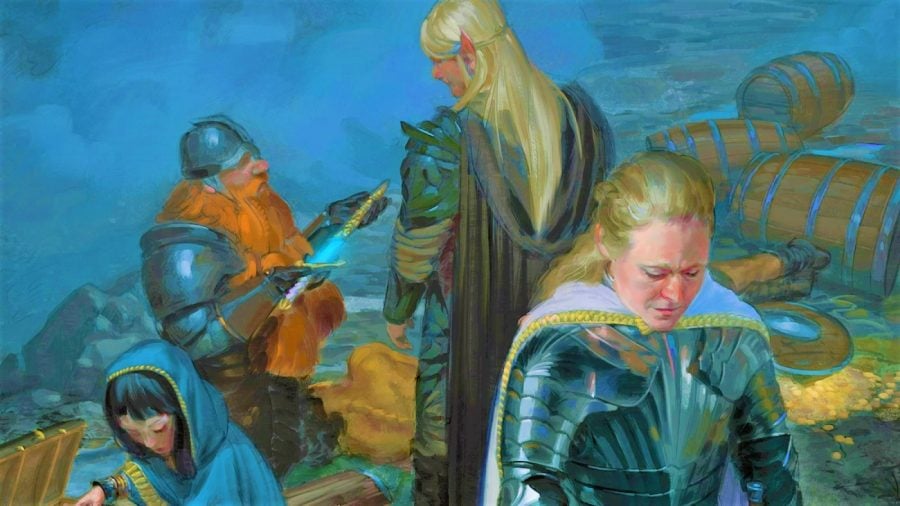
Mark of Detection Half-Elf 5e
Source: Eberron – Rising from the Last War
If you select this option for your half-elf variant, these become your new ability scores and attributes.
| Ability score increase | +2 Wisdom, +1 to skill of your choice |
| Deductive Intuition | Whenever you make an Investigation or Insight check you can roll a d4 and add it to the total ability score. |
| Magical Detection | Gain the ability to cast Detect Magic, and Detect Poison and Disease. At third level, you also cast See Invisibility . |
| Spells of the Mark | If you are a spellcaster, you gain access to the rest of the Mark of Detection Spells. |
Through Spells of the Mark, you gain access to spells listed below:
| Spell level | Spells |
| 1 | Detect Magic, Detect Poison and Disease |
| 2 | Detect Thoughts, Find Traps |
| 3 | Clairvoyance, Nondetection |
| 4 | Arcane Eye, Divination |
| 5 | Legend Lore |
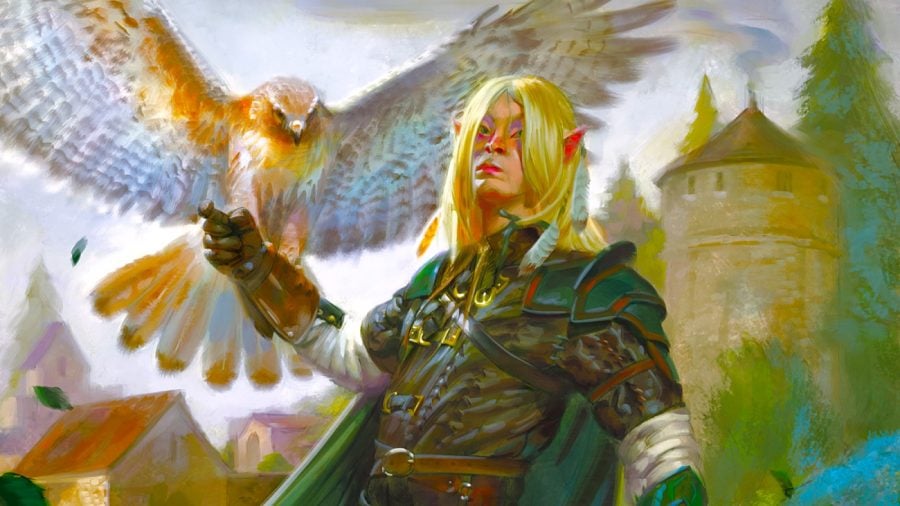
Mark of Storm Half-Elf 5e
Source: Eberron – Rising from the Last War
If you select this option for your half-elf variant, these become your new ability scores and attributes:
| Ability score increase | +2 Charisma, +1 Dexterity |
| Wainwrights Intuition | When making an Acrobatics check, or a check using Navigators Tools, you can roll a d4 and add that number to the total ability check. |
| Storm’s Boon | You gain resistance to lightning damage. |
| Headwinds | You gain the Gust cantrip. At third level, you can also cast Gust of Wind once per long rest. Charisma is your spellcasting modifier. |
| Spells of the Mark | If you are a spellcaster, you gain access to the rest of the Mark of Storm spells. |
Thanks to Spells of the Mark, you also gain access to these spells:
| Spell level | Spells |
| 1 | Feather Fall, Fog Cloud |
| 2 | Gust of Wind, Levitate |
| 3 | Sleet Storm, Wind Wall |
| 4 | Conjure Minor Elementals, Control Water |
| 5 | Conjure Elemental |
